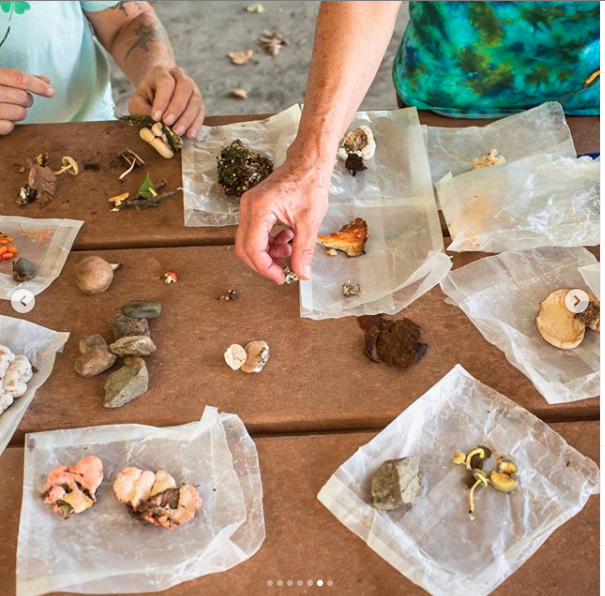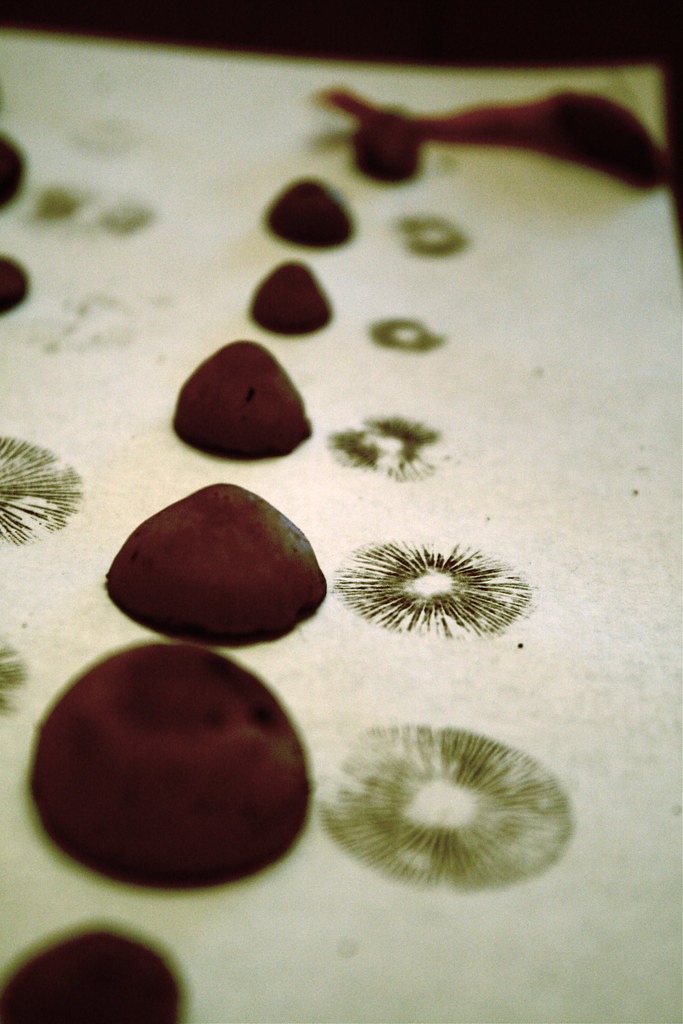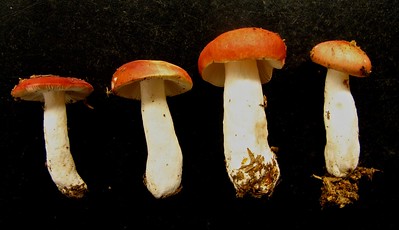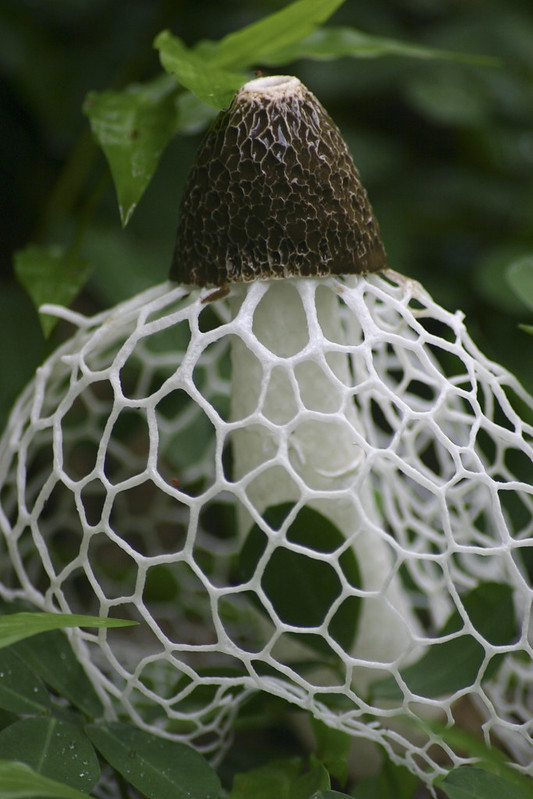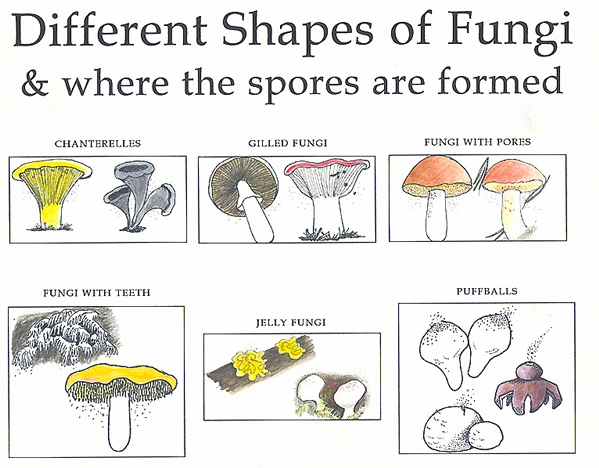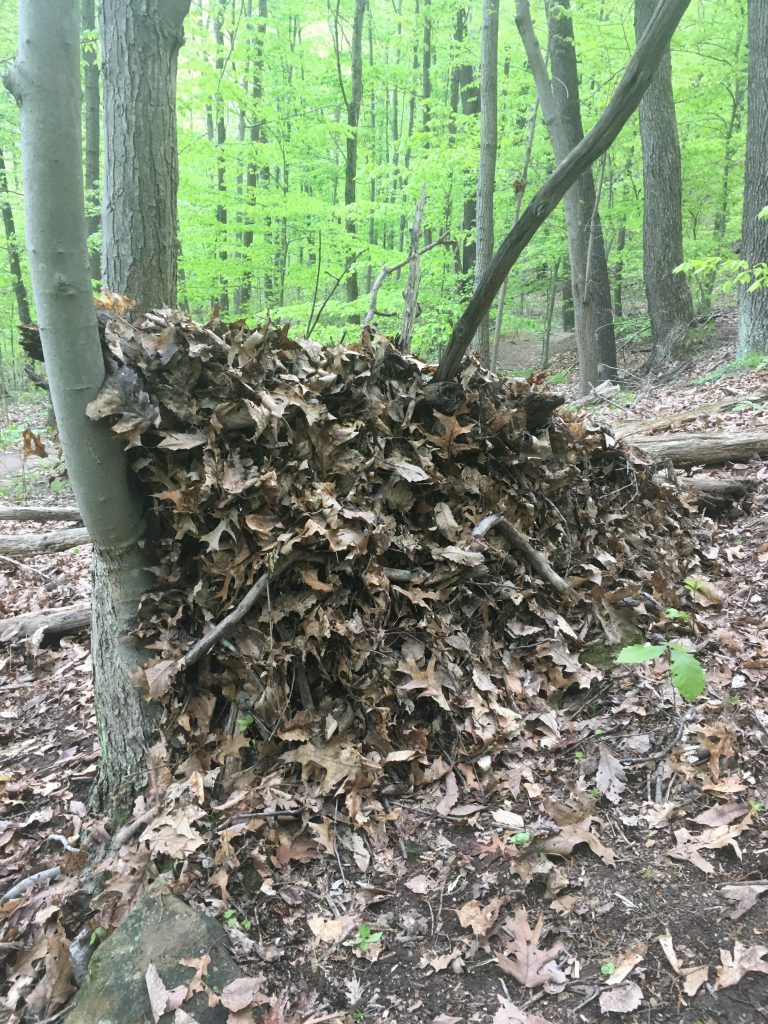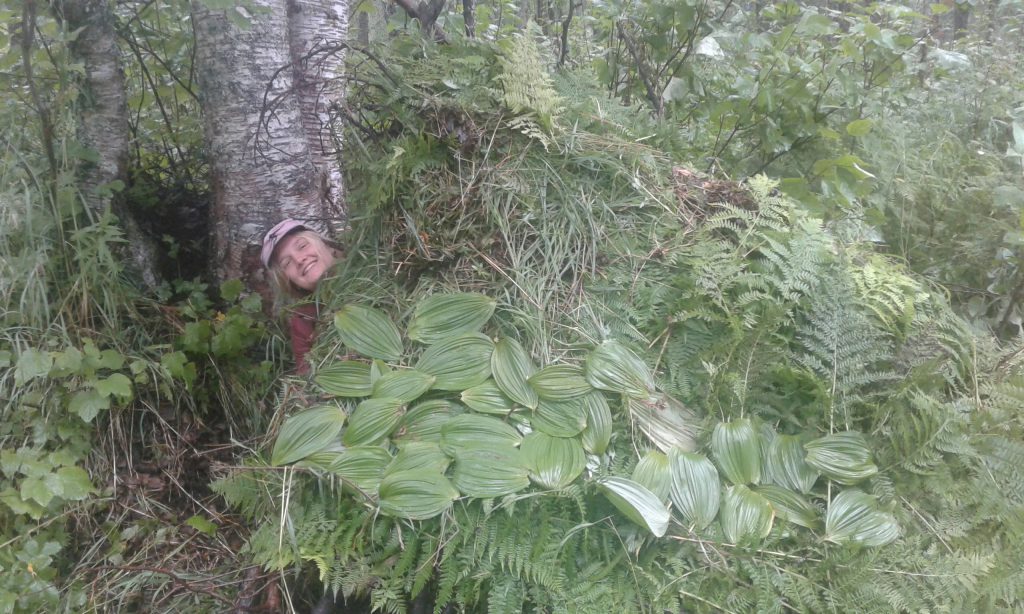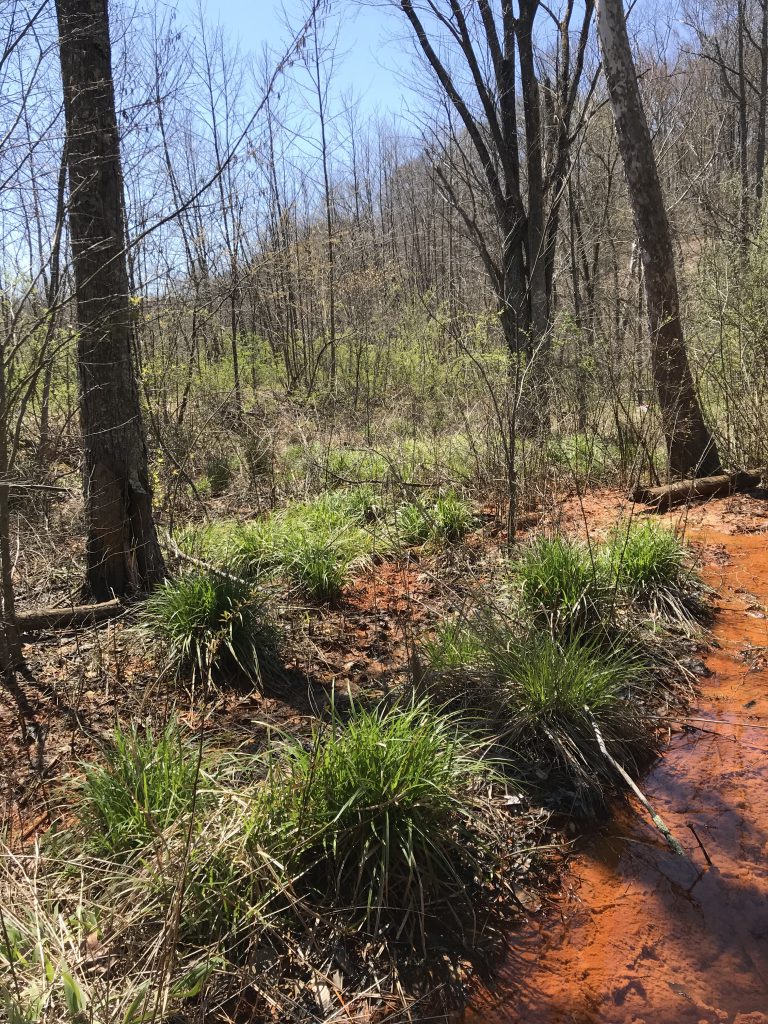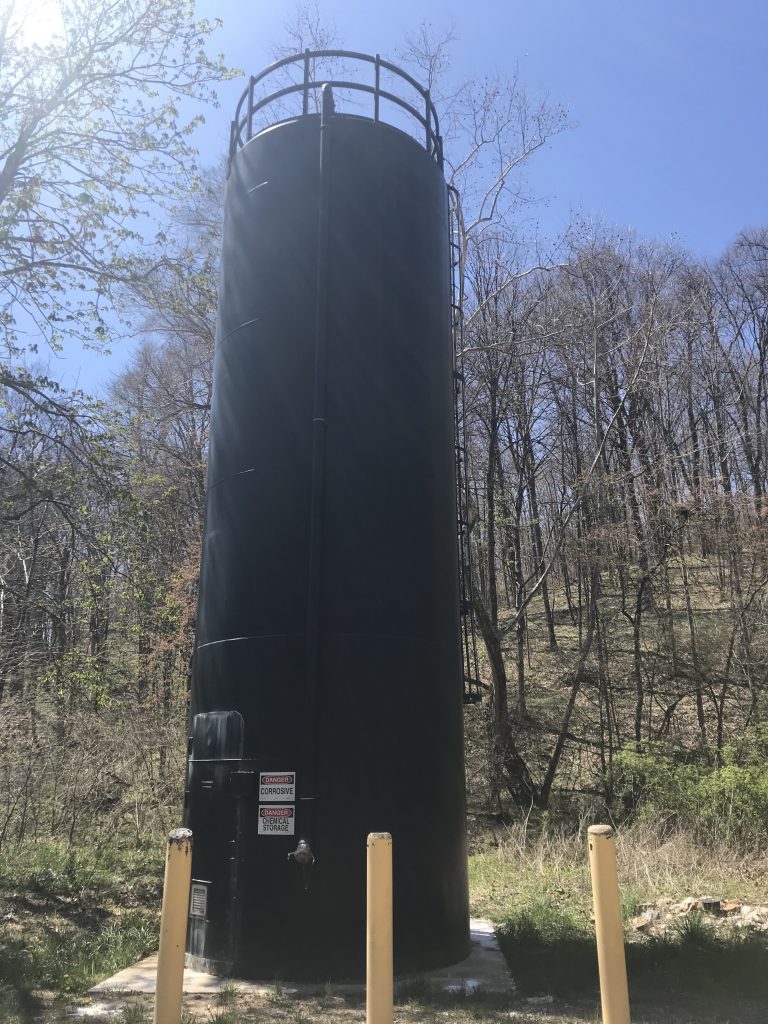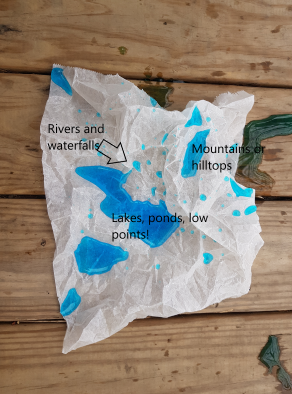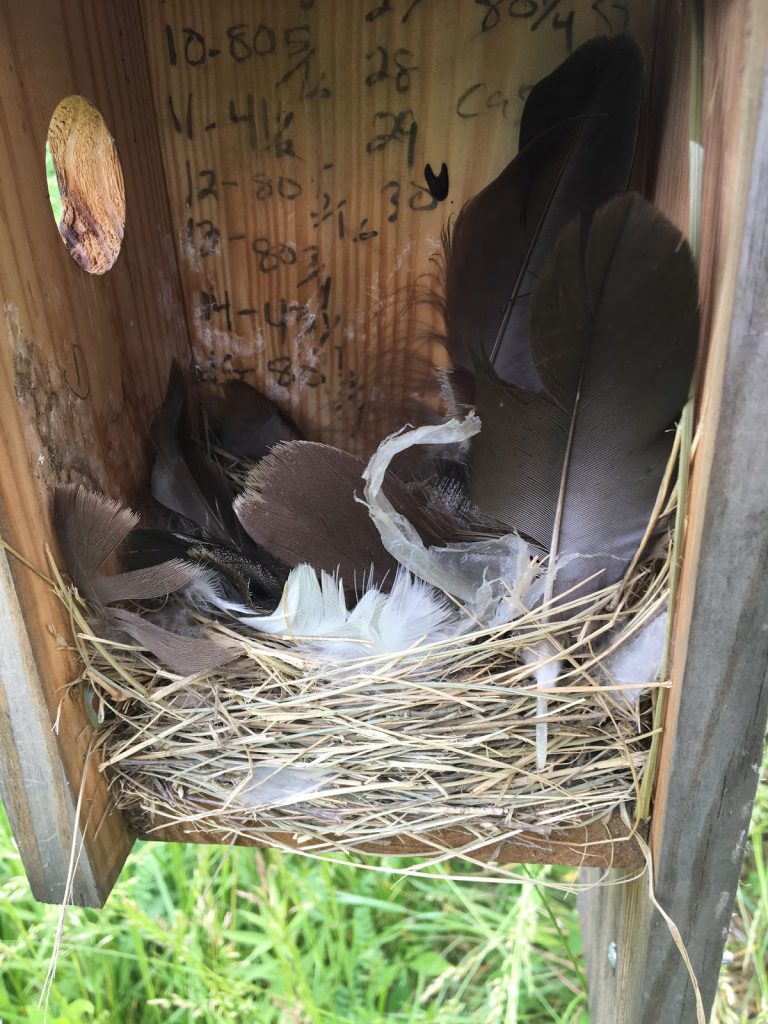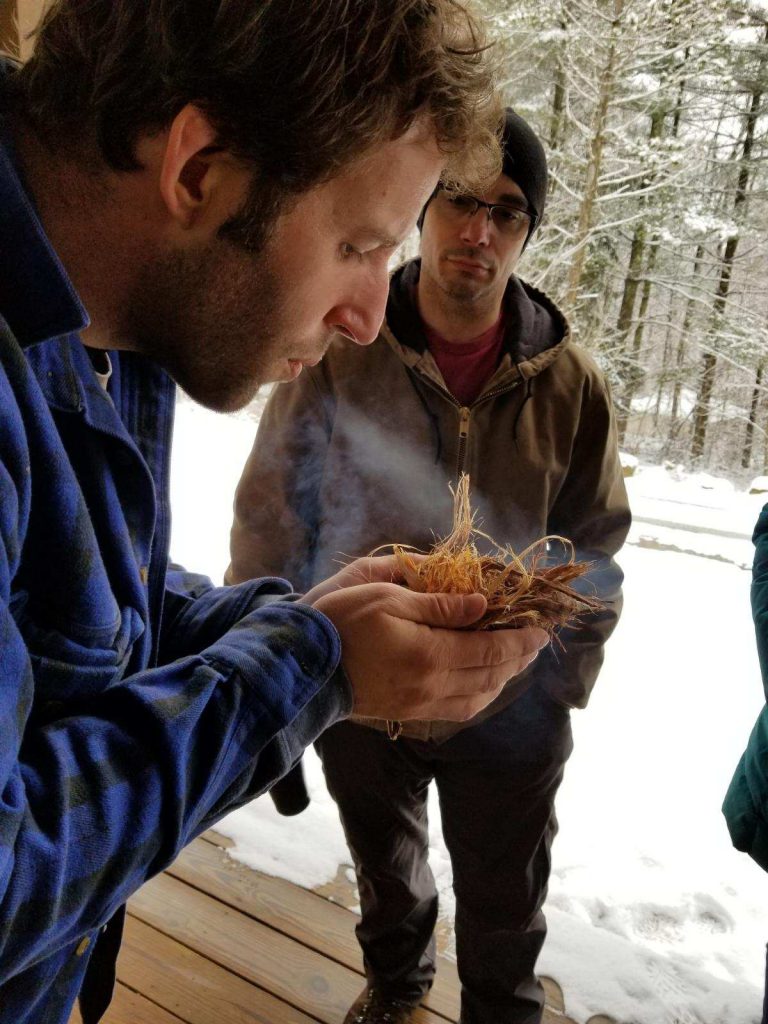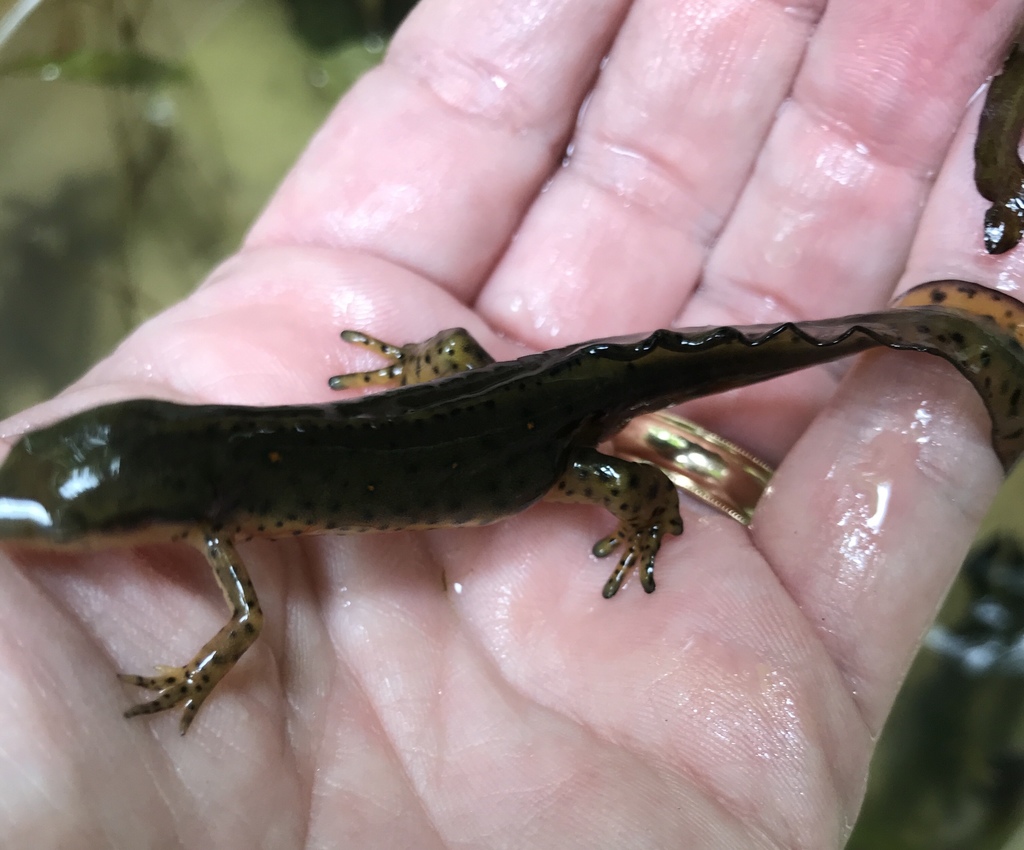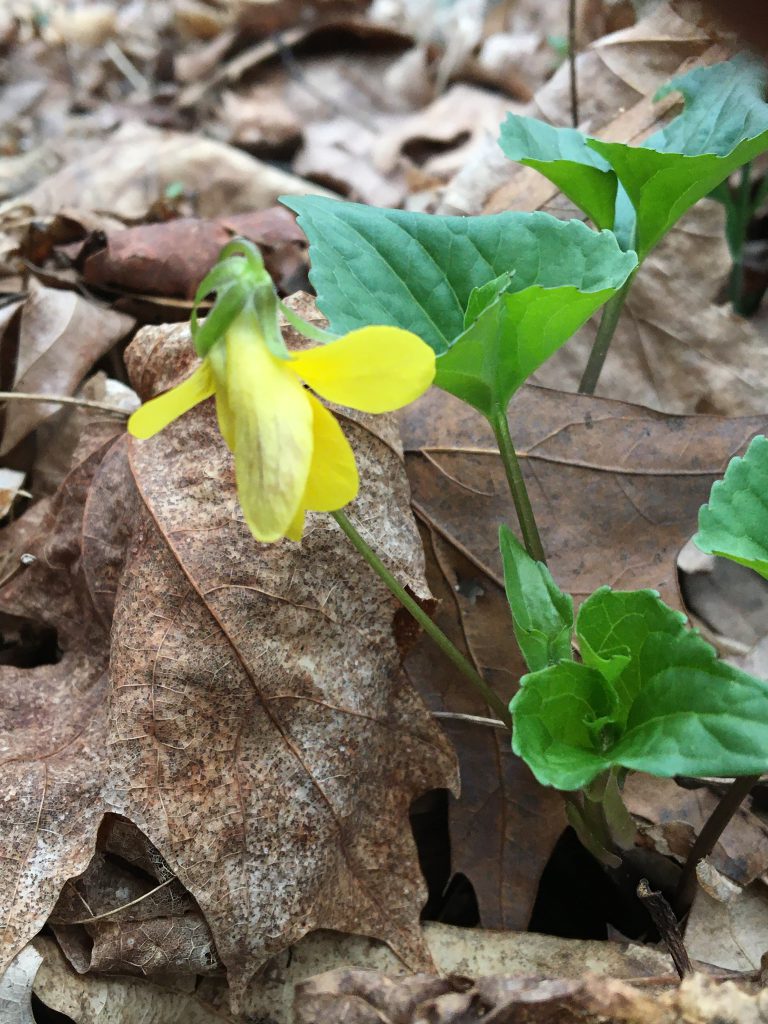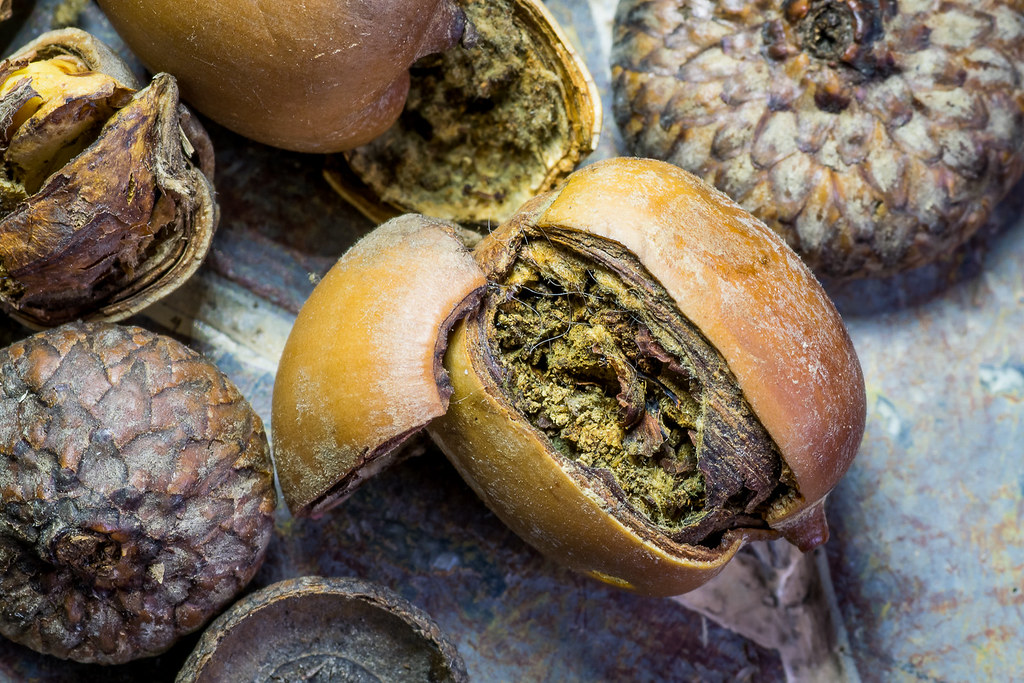
Fall is the last chance for animals to stock up on food before winter hits. Luckily
, plants are eagerly making nuts and fruit before it gets too cold for them too. An animal will travel far and wide to find enough food: it can make the difference for whether it survives.Believe it or not, you’re surrounded by a buffet when you walk in the woods. In this week’s virtual field trip, we’ll teach you how to recognize those fall foods (including a few that are good for humans).
WAYS TO LEARN ABOUT WILDLIFE FOOD IN FALL:
Join the virtual field trip, Friday, Oct. 9 at 10:30 am.
On your own: Gather wild fall foods to try!
On your own: How much can you do with a nut? Face off with a squirrel.
Wildlife Food Virtual Field Trip: Friday, Oct. 9, 2020
We went on a hike to teach you to recognize the many nuts and fruits in the forest (and how to think like a hungry animal!).Watch the recording here:
If you haven’t registered for our fall field trips yet, go here: https://us02web.zoom.us/meeting/register/tZUpcu6qqTsoHNKDfYwskjOqiSjAU_4HxFma. You’ll receive the link to the call in your email.
If you couldn’t make the field trip, or want to get more out of it, try some of the activities below!
Two wild fall foods to gather now
Human beings are animals too. We can’t eat everything a bird or chipmunk can, of course. But there are some surprisingly tasty foods just growing in the forest, waiting for you to try them!
Always double check with an adult before eating anything you gather outside. Autumn olive berries and acorns are safe to eat, but you want to make sure that 1, they were gathered from a safe place and 2, you identified them correctly. To learn more about foraging wild foods, check out this post.
Easier option: Autumn olive berries
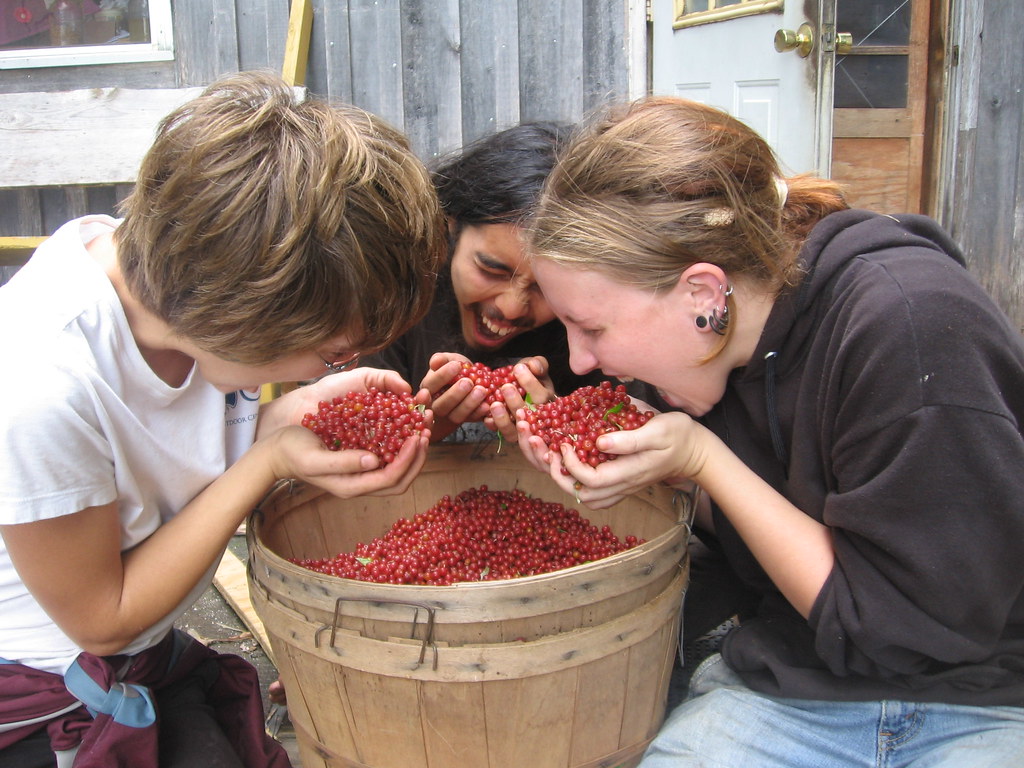
Autumn olives are an invasive plant in Ohio. They aren’t great for other plants because they steal space from them. But luckily for us
, they’re delicious!Autumn olive grows in abandoned fields that no one has mown for a few years. So look for it in bushy, overgrown areas on the edges of pastures, fields, and woods (like where the woods end just before the parking lot).
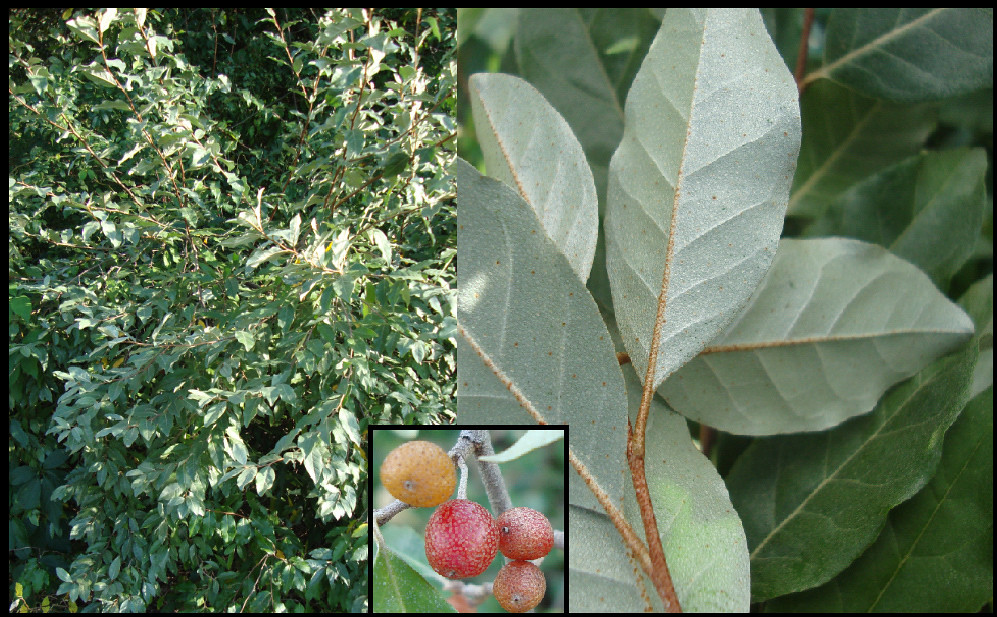
The berries are a dark, dull red with subtle dots. They’re close to the size of a pea. To tell them apart from other berries, look for the silvery, dusty coating. The leaves also look silvery on the bottom side.
The berries can be a little tart and make your mouth feel like it’s dried up! But the riper they are, the sweeter they get. They are the perfect texture to make into jam easily.
Challenge option: Make acorn flour
You may never have eaten an acorn. But the deer and the squirrels are on to something. For thousands of years in North America, people who lived near oak trees ate them almost every day!
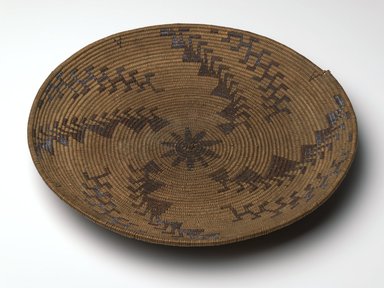
Trees don’t make the same amount each year. One year, all the trees might make a ton of acorns. This is called a mast year. After a mast year, you might see the deer or squirrel population increase. They are able to have more babies because they had so much food!
But for 3-5 years after that, that kind of oak tree might make very few acorns. Animals like deer have to travel farther to find enough food in years with fewer acorns. They are more exposed to predators, and might be weaker. The deer population might get smaller.

Acorns come from oak trees. There are lots of kinds of oak trees, and some have tastier acorns than others! Wild turkeys, deer, and squirrels prefer to eat white oak and chestnut oak acorns–and those are the kinds I recommend you eat too.
Before eating acorns, you have to soak them in water for a long time (up to a week!). Acorns have a bitter substance in them called tannins. You may have tasted tannins before: they are what makes black tea extra dark and taste bitter if you leave the bag in too long. But acorns have so many tannins that they can give you a stomachache if you eat them raw. Soaking the acorns gets rid of the tannins.
So
, if you want to try something new, gather some acorns and start soaking them:- For tastiest results, learn to recognize white oaks, burr oaks, or chestnut oaks, and gather those acorns.
- Read these instructions to making acorn flour here, or watch this video:
The Purpose of all this food: ENERGY!
When you eat food, it is fuel for your body. It’s like having a little engine inside of you. A car burns gasoline so it can move down the road. Your body burns food so you can run, talk, and think!
A squirrel takes energy from acorns by eating them, and turns that energy into jumping, tree climbing, and whatever else it is squirrels like to do. A squirrel gathers around 25 nuts in an hour. But how many nuts does a squirrel need anyway?
How do you compare to a squirrel? How many more acorns would you need to eat than a squirrel to do these things?
| Activity | Calories needed for human kid | Calories needed for squirrel | Calories in an acorn | How many acorns does a person need to eat to do this? | How many acorns does a squirrel need to eat to do this? |
| Climb to top of a tree | 75 | 2 | 5 | ||
| Napping for an hour | 34 | 1 | 5 | ||
| Running for 10 minutes | 65 | 2 | 5 | ||
| Hunting for acorns for an hour | 160 | 4 | 5 |
Ultimately, all this energy is coming from the sun. It travelled from the sun, to the oak tree’s acorn, to your belly.
For many animals, overeating in the fall is a good thing! The fatter they are, the better they can survive the winter. For example, bears compete to eat as much as they can before hibernating, because they won’t eat at all while they are sleeping. (A fun way to celebrate their success is to vote for the fattest bear of Katmai National Park during Fat Bear Week).
